How to Stop Feeling Anxious: A Lesson in Catching Your Breath
If you read my previous post, you learned about the origins of anxiety and why having at least some level of anxiety is helpful. Anxiety, in the right low, manageable dose, can be a motivating force that mobilizes us to take action (e.g., start studying for that exam, return that long-overdue email). Anxiety in too high of a dose however, can negatively impact our functioning.
There are some quick ways we can begin to target anxiety and feel some relief.
You may have heard about the power of our breath. Yes, breathing is one way we can effectively reverse our nervous system’s overactive response and begin calming our nervous system. I like to say the breath is a free tool that we all (if we are alive) have at our disposal.
But wait, you may be thinking, I’m breathing all day long, and I still feel anxious. There is a difference between conscious, slow, intentional breathing fuelled by awareness, versus the automatic breathing we all have the privilege of not noticing because it happens without our conscious control. For most of us, and especially those prone to higher levels of stress and anxiety, we breath shallowly in the upper portion of our chests.
Let’s try something together: I’d like you to place one of your hands on your belly around the belly button, and another up higher onto your chest. Close your eyes if it feels comfortable to do so, and simply breathe without thinking about it.
Which hand moves move, the top or bottom hand? When I instruct clients, many of them tell me their top hand moves more. This indicates shallow, chest breathing.
It’s not your fault your breathing is so shallow. When we are anxious, and especially chronically anxious, stressed, maxed out and over-worked, our breathing pattern naturally becomes shortened and more laboured. Ever feel like it is hard to “catch your breath”?
In order to reverse anxiety, we need to practice breathing more deeply into our belly area. Belly breathing, also called Diaphragmatic Breathing (because it uses your diaphragm, the thin, dome-shaped muscle that sits below your lungs and heart) will feel unfamiliar, uncomfortable, and strange to you at first. After all, you may have been breathing shallowly for years, if not decades.
Have you ever noticed newborn babies breathe? Their stomachs move up and down freely, their lives not yet burdened by modern day stressors that tends to lead to a shortening of the breath. We need to learn how to mimic this way of breathing, in essence returning our breathing pattern to the way it once was before we grew up.
There are numerous health benefits to breathing more deeply and therefore efficiently, that I won’t get into in this post, but you may be interested to learn what these benefits are as further motivation to change your breathing style.
So how can you practice belly breathing? I find one of the simplest ways to make the mind-body connection between “I should be breathing down low in my belly” and “this is what that actually feels like in my body to breathe low” is to first find and grab a heavier book or textbook and lay on your back on the floor, your couch, or bed. Place the heavy book on your belly area and try to lift the book up using your belly muscles when you breathe in, and let the book fall back down closer to you when you breathe out. This takes some practice and again, will feel strange at first.
Once you build some skill here, you can remove the heavy book and place one or both hands on your belly area and imagine filling your belly up, inflating it, like a balloon (your hands, rested on top of your belly, may move apart) and then let that balloon deflate on your breath out, emptying completely. Try this for at least 2 minutes before letting your breathing pattern return to its natural rhythm.
The idea is that any time you start to feel the build up of anxiety, whether that be through worries starting to bubble in your mind (“Will I be able to meet my next deadline?”, “Did I forget to pack a snack in Ethan’s lunch?”) or a familiar tightness in the back of your neck and shoulders, try deep belly breathing for 2-3 minutes. Set a timer on your phone, and breathe in this new way.
It does not take much to interrupt the spiral of anxiety using your breath, and the “pause” of taking these few minutes to breathe may be all you need to think more clearly and realize your worries, though potential real threats, are not as big and unmanageable as they seem.
Author: Dr. Sarah Haller, C. Psych, Clinical Psychologist.
